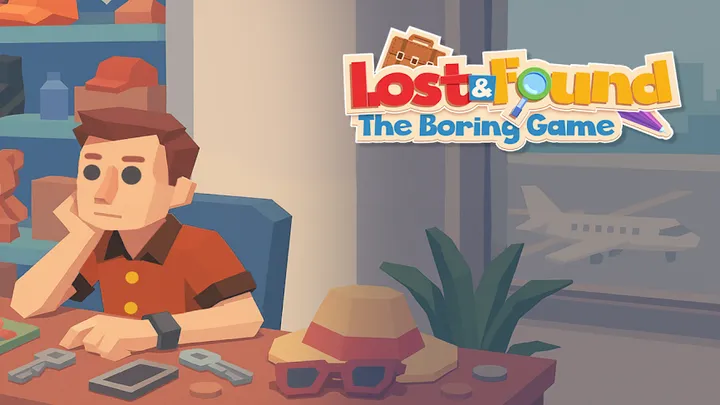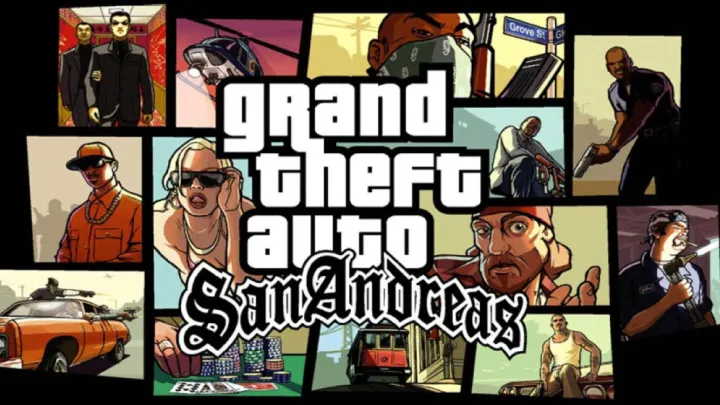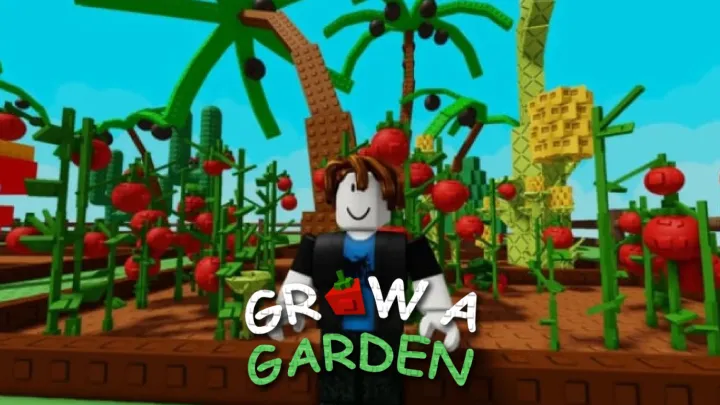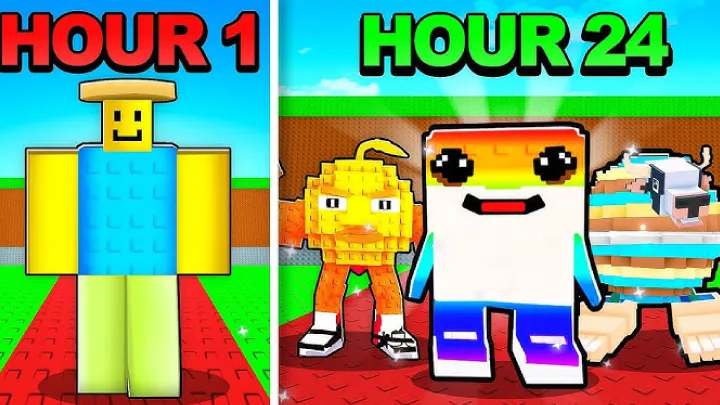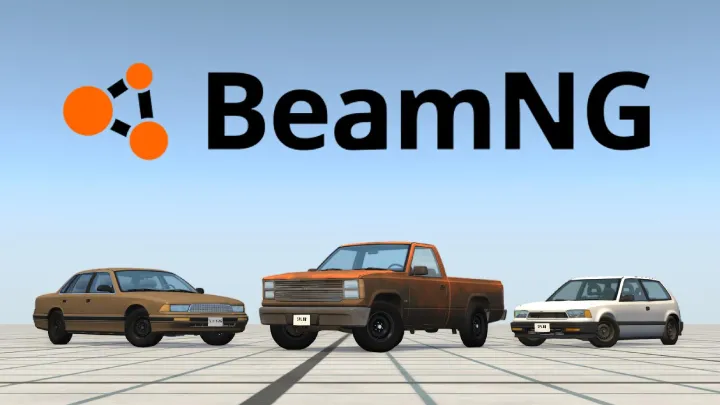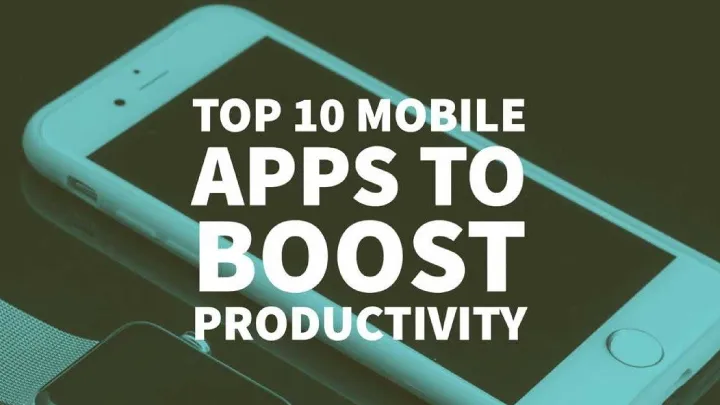Introduction
Minecraft is more than just a game—it is an open-world sandbox that allows players to create, survive, and explore without limits. Whether you are a beginner entering your first world or an experienced player looking to refine your strategies, Minecraft offers endless opportunities to learn, adapt, and master new skills. This guide will provide tips, strategies, and insights covering every stage of the game—from your first day of survival to advanced Redstone automation.
The following sections are arranged logically, so you can follow them step by step as you progress in your Minecraft journey.
1.Getting Started: The First Day in Minecraft
Your first day in Minecraft is critical. You begin with nothing but your fists and a randomly generated world full of opportunities and dangers.
Start by collecting wood from nearby trees, which you can craft into planks and tools. Basic wooden tools, like a pickaxe and an axe, are your first step toward gathering stone, coal, and other resources.
Shelter is essential before nightfall. If you don’t have time to build a house, dig into the side of a hill or create a temporary dirt hut. Light your shelter with torches to keep hostile mobs away.
Checklist for Day One Survival
- Gather wood and craft planks
- Make basic wooden tools
- Collect stone and coal for torches
- Build a temporary shelter
- Craft a crafting table and furnace
2.Essential Crafting Recipes You Must Know
Crafting is the heart of Minecraft. Without crafting, survival becomes nearly impossible.
Start with tools—stone tools are far more durable than wood, and iron tools open the door to harvesting diamonds. Crafting armor is another priority since it protects you from mobs and environmental hazards.
Food is equally important. Farming wheat, carrots, and potatoes ensures a renewable source of food, while cooked meat restores more hunger points than raw.

Key Crafting Items for Beginners
- Crafting Table
- Furnace
- Iron Pickaxe (to mine diamonds)
- Bucket (for water, lava, and farming)
- Bed (to set your spawn point)
3.Surviving the First Night
When night falls, hostile mobs such as zombies, skeletons, spiders, and the infamous Creepers spawn. Without preparation, players often face their first death here.
Inside your shelter, light torches to prevent mobs from spawning nearby. If you must venture outside, carry a sword or axe for protection. Staying alert to mob sounds, like a skeleton’s bow or a Creeper’s hiss, can save your life.
Beds are vital for skipping the night and setting a respawn point. Craft one using wool from sheep and wooden planks.
Pros and Cons of Sleeping vs. Fighting
- Sleeping skips the dangers of night but limits your resource gathering.
- Fighting mobs provides useful drops like bones, arrows, and string.
4.Mining Strategies for Valuable Resources
Mining is where progression begins. The deeper you go, the more valuable the resources you’ll find.
Start by digging a staircase mine down to level -59, which is ideal for finding diamonds. Always bring food, torches, and multiple pickaxes. Avoid digging straight down to prevent falling into lava or caves.
Branch mining is one of the most efficient methods, where you dig a central tunnel with side branches every two blocks. Strip mining is slower but ensures full exposure to ores.
Resource Depth Guide
- Coal: near the surface
- Iron: layers 15 to 64
- Gold: layers -64 to 32
- Diamonds: best at -59
- Redstone: layers -64 to 15
5.Building Your First Base
Your base is your safe zone, storage hub, and crafting area. It should be strategically located near resources, such as villages, caves, or rivers.
A starter base can be simple—a wooden cabin or underground bunker. As you gather more resources, you can upgrade to a fortified stone base, with farms and defense walls.
Don’t forget storage. Use chests to organize your items, and consider labeling them for easier access. An enchanting room and brewing stand later on will make your base even more functional.
Features of a Strong Base
- Secure shelter with lighting
- Food farm nearby
- Organized chest storage
- Bed and respawn point
- Defensive walls or fences
6.Farming, Food, and Sustainability
Food is survival’s foundation. Without it, your hunger bar depletes, reducing your ability to heal and sprint.
Start with wheat farms using seeds collected from grass. As you progress, expand into carrots, potatoes, and melons. Farming animals like cows, pigs, and chickens ensures renewable meat, leather, and feathers.
Fishing is another sustainable option, providing both food and rare loot like enchanted books or saddles.
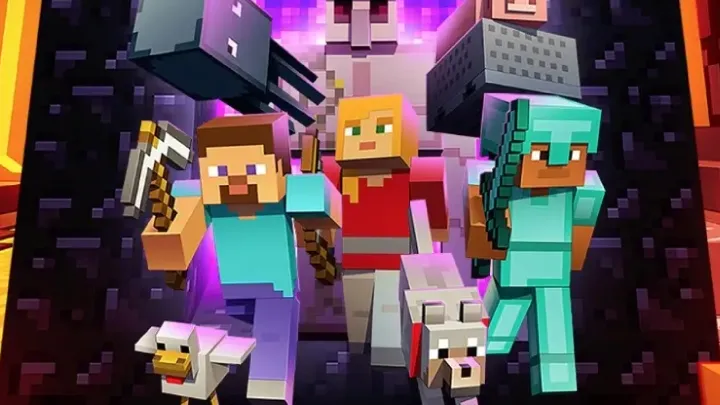
Best Food Sources in Minecraft
- Bread: easy to farm and renewable
- Steak and Porkchops: high hunger restoration
- Golden Carrots: excellent for late-game adventures
- Cooked Fish: renewable and easy with a fishing rod
7.Combat and Defense Tips
Combat is unavoidable in Minecraft. Whether you’re fighting mobs or preparing for the Ender Dragon, understanding weapons and armor is vital.
Swords are fast and reliable, while axes deal more damage but are slower. Bows and crossbows provide ranged attacks, and shields block incoming damage. Armor should always be worn, preferably iron or higher.
Defending your base is just as important. Light the area with torches, build fences or walls, and tame wolves or cats to ward off certain mobs.
Quick Combat Tips
- Always carry a shield
- Keep food on your hotbar
- Use critical hits by jumping and attacking mid-air
- Enchant gear with Protection, Sharpness, and Power
8.Redstone and Automation Basics
Redstone adds technology and automation to Minecraft, turning simple survival into engineering creativity.
Learn the basics of Redstone circuits—power sources (like levers and buttons), transmitters (Redstone dust), and outputs (doors, pistons, lamps).
Automation makes farming and survival easier. For example, an automated wheat farm, mob grinder, or hidden door saves time and effort.
Beginner Redstone Projects
- Automatic doors
- Hidden staircases
- Crop harvesters
- Mob traps
- Item sorters
9.Exploring the Nether and the End
Progression eventually leads you beyond the Overworld. The Nether provides resources like blaze rods, nether wart, and quartz, essential for potions and advanced crafting.
Prepare with strong armor, fire resistance potions, and plenty of food. Build safe paths in the Nether to avoid Ghasts and lava.
The End is where the Ender Dragon awaits. Defeating it unlocks the credits and access to Elytra in End Cities, allowing flight and advanced exploration.

Key Resources in Each Dimension
- Nether: Blaze rods, Nether quartz, Ancient Debris
- End: Elytra, Shulker Boxes, Dragon Egg
10.Advanced Building and Creative Projects
Once you’ve mastered survival, the game’s real creativity begins. Advanced builds allow you to express your imagination and create massive projects.
Consider building mega-bases, themed castles, or entire cities. Use different materials, block palettes, and landscaping to bring your builds to life.
Creative players often design Redstone machines, roller coasters, or pixel art. The possibilities are endless once survival is secured.
Popular Building Themes
- Medieval castles
- Modern houses
- Underground bunkers
- Sky islands
- Automatic farms
Conclusion
Minecraft is a game of infinite opportunities. From surviving your first night to building automated Redstone machines and defeating the Ender Dragon, the journey is filled with challenges, creativity, and discovery.
This guide has outlined essential tips and strategies to help players progress step by step, whether you’re just starting or pushing into late-game content. The beauty of Minecraft is that there’s no single way to play—the adventure is yours to create.
